Five reasons Formula E will out-cool Formula 1
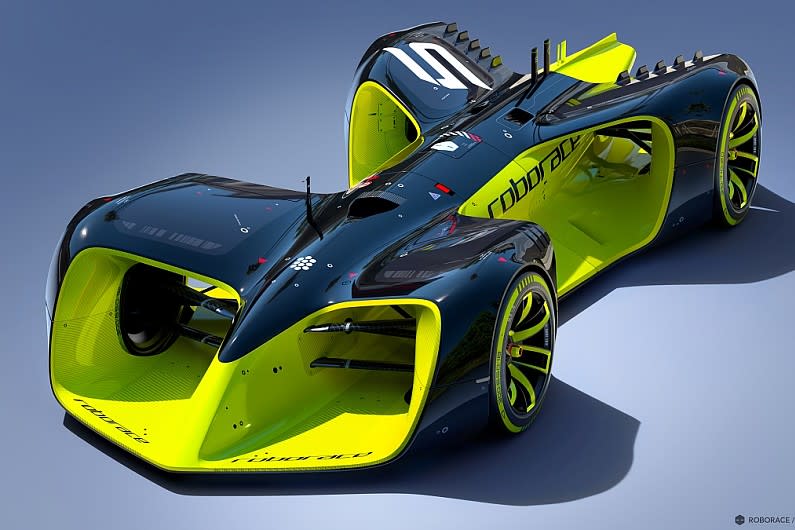
This weekend, Formula E’s second season finishes on a high with two races in London and a championship going down to the wire.
On the Continent, F1’s most bloated season continues with the Austrian Grand Prix and a championship dominated, again, by a single team.
Yes, F1 is the pinnacle of motorsport and, yes, Formula E is slow and silent in comparison.
But… there are a few things that can set Formula E apart from the motorsport pack and steal some of F1′s thunder. Try these for size.
You can drink the fuel

Drink the fuel? How, exactly, does one drink electricity?
One doesn’t. But one can drink the glycerine that fuels the two huge generators that charge every car on the Formula E grid.
The glycerine is, itself, a byproduct of bio-diesel production, and is safe enough to use in food.
I’ve tried it, I haven’t died. Now, I wouldn’t say it’s the tastiest consumable I’ve ever sloshed around my mouth – it’s stupidly sweet and a bit gloopy.
But, mix it with some vodka, triple sec, Szechuan buttons and special Japanese peppercorns, and it is transformed into an electric blue ‘Formula E Cocktail’ which is less like a syrup hand gel and more like, well, battery acid.
Here’s the recipe http://www.thespiritsbusiness.com/2016/07/cocktail-range-with-super-clean-car-fuel-launches/2/
The thing is, the glycerine burns very efficiently in a slightly modified diesel generator and causes far less pollution than dirty old diesel.
You genuinely can drink it – if you try that with petrol from your own car or an F1 supply, it will end badly.
Of course, glycerine cocktails aren’t why Formula E uses this tech – it’s green, and Formula E is big on the environment. The series is scheduled to minimise travel, and to use rail and sea as much as possible rather than those thirsty cargo jets.
But being able to drink the fuel… who knew Formula E would turn out to be the spiritual home of the Hunts and Raikkonens of racing?
Women. Actual women. In cars.
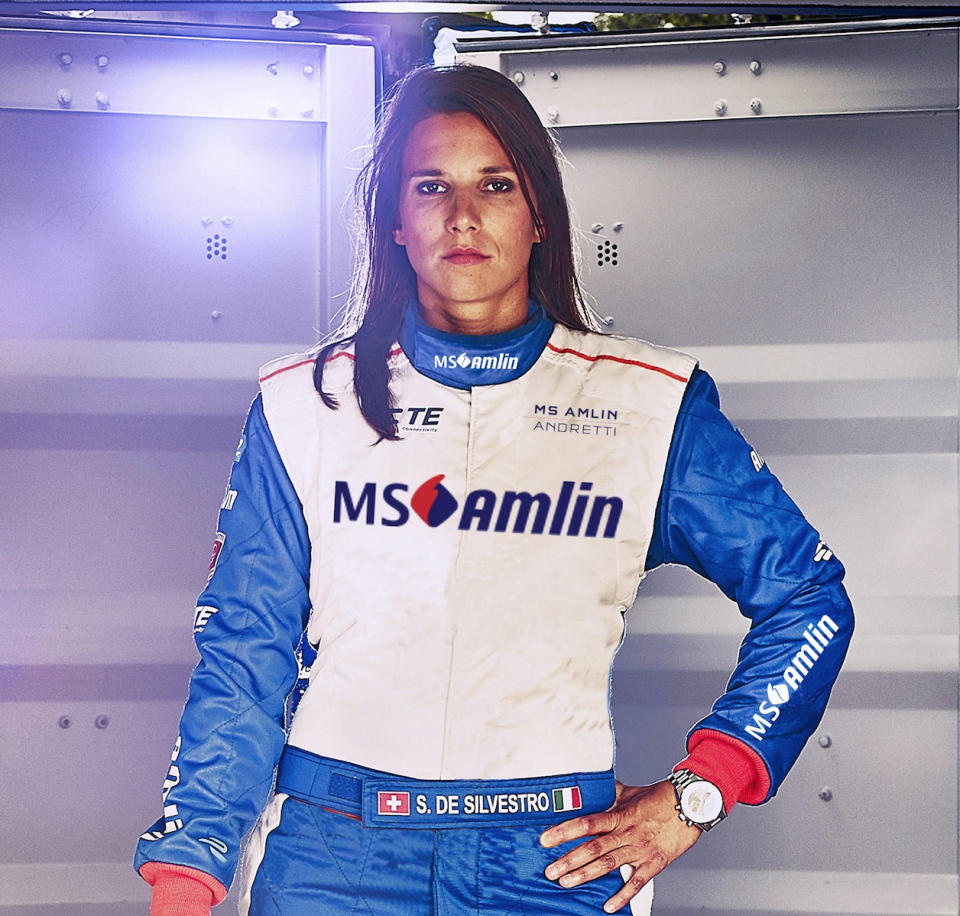
Women are woefully under-represented in motorsport, accounting for around 8 per cent of motorsport licence holders in the UK – see here https://www.msauk.org/Development/Women-in-Motorsport for more info on the topic.
Now, Formula E isn’t going to pick up any equality awards just yet, no siree, but it’s already showing F1 up when it comes to women drivers.
In F1’s long history, only two women have ever started a Grand Prix. Formula E has already had three female drivers in two years, including Simona de Silvestro (pictured).
She drives for Amlin Andretti, she’s also had quite a handy IndyCar career in the US, and her nickname is the Iron Maiden.
You’ll know when we have gender equality because women’s nicknames will cease to include the word ‘Iron’.
Noise: There is stuff to listen to. No, really
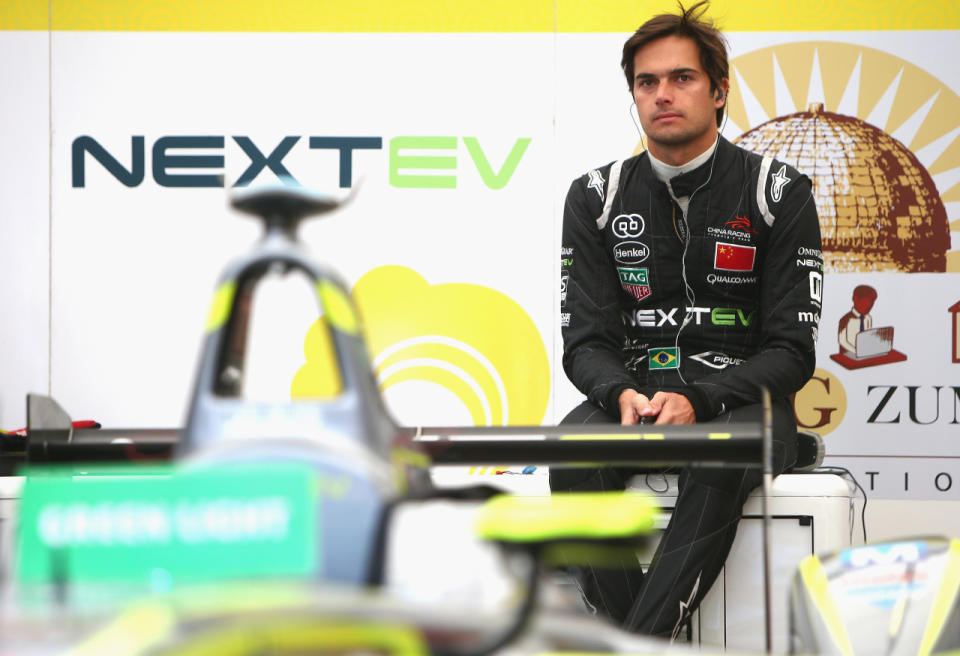
In the rarefied atmosphere of F1, the introduction of 1.6litre turbo engines with limited rev bands created all sorts of tedious threads on fan forums which read thus: the new engines sound rubbish… no they don’t… oh yes they do… ad nauseam.
However, one thing is certainly true: F1 cars still sound a whole lot more exciting than their Formula E equivalents.
Close your eyes at a Formula E practice session and you could be listening to an oversized RC race, even if season one champion Nelson Piquet (pictured) is caning his NextEV around the track.
But when it’s time for quali and racing, you’ll hear a racing soundtrack like no other, if you pay attention.
Yes, it’s much, much quieter of course. But you’ll hear the tyres being worked; you’ll hear the car taking a pounding as it hits kerbs; you’ll hear the noises that an internal combustion engine drowns out.
Those who attend ePrix races regularly can identify individual cars simply by the noise they make. Some cars have a single gear, others two or three, and so their transmissions send distinctive audio signals as they accelerate down a straight.
It’s not about the level of noise, it’s about the type of noise.
People, let’s race Batmobiles
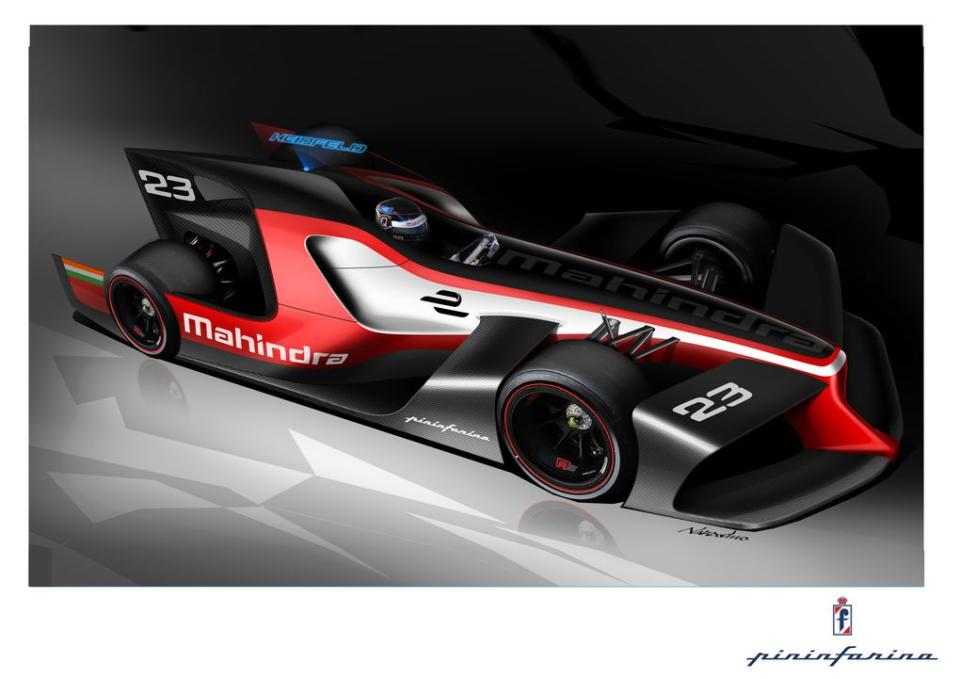
Formula E cars aren’t particularly memorable at the moment. The chassis was designed by Dallara and function over form was a sensible approach for a new racing series.
But in March this year, motorsport bosses at the FIA announced they were looking for a new battery and chassis design to be introduced when season five gets under way, in 2018.
That’s a bit of a wait for fans but it might just be worth it. The FIA has asked explicitly for a ‘futuristic bodywork design’, taking inspiration from some of the best concept racers of recent times – Ferrari F1 Concept, Red Bull X2010, McLaren MP4-X and suchlike.
Remember, these cars don’t have to squeeze a big ol’ internal combustion engine and fuel tanks into a design. They have to be safe, accommodate heavy batteries (which can be any shape) and look as cool as a penguin in an icebox.
We’ve already seen some ideas from TEOS, and Mahindra/Pininfarina (pictured) which fill us with hope that the designers really will be given freedom to create something that redifines how racecars look.
Robot racing. Like Alain Prost but with less hair
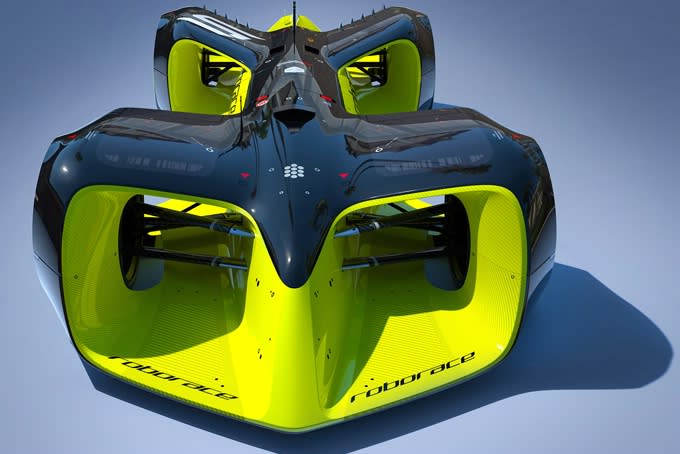
This is an idea whose time has come. Driverless cars, designed by a man with the movies in his blood, duking it out on Formula E circuits at up to 180mph.
If everything goes to plan, this series could run in tandem with the 2016-17 Formula E series. Yes, a driverless racing championship is that close.
Instead of drivers being the key human element in these cars, it is the software engineers responsible for programming the vehicles who will hold the keys to success.
If they all programme the cars conservatively, then the spectacle is unlikely to be any more dull than watching a grid-full of F1 drivers managing their tyre and fuel usage on a Sunday afternoon. If they go aggressive though… no driver safety to worry about, see?
It’s called Roborace and the chief design officer is Daniel Simon, who is responsible for the vehicles in Tron: Legacy amongst other things. Jaw-dropping design is going to be central to this new attraction.
F1 and other top-level series are already hugely reliant on computers to map out race strategies; this takes things to the next level, allowing programmers to do a Prost and try to win as slowly as possible – or do a Senna and go for every gap.
I’m not sure if this will be a slow burner or an instant hit, but it has the potential to be utterly amazing.

 Yahoo Sport
Yahoo Sport 





































